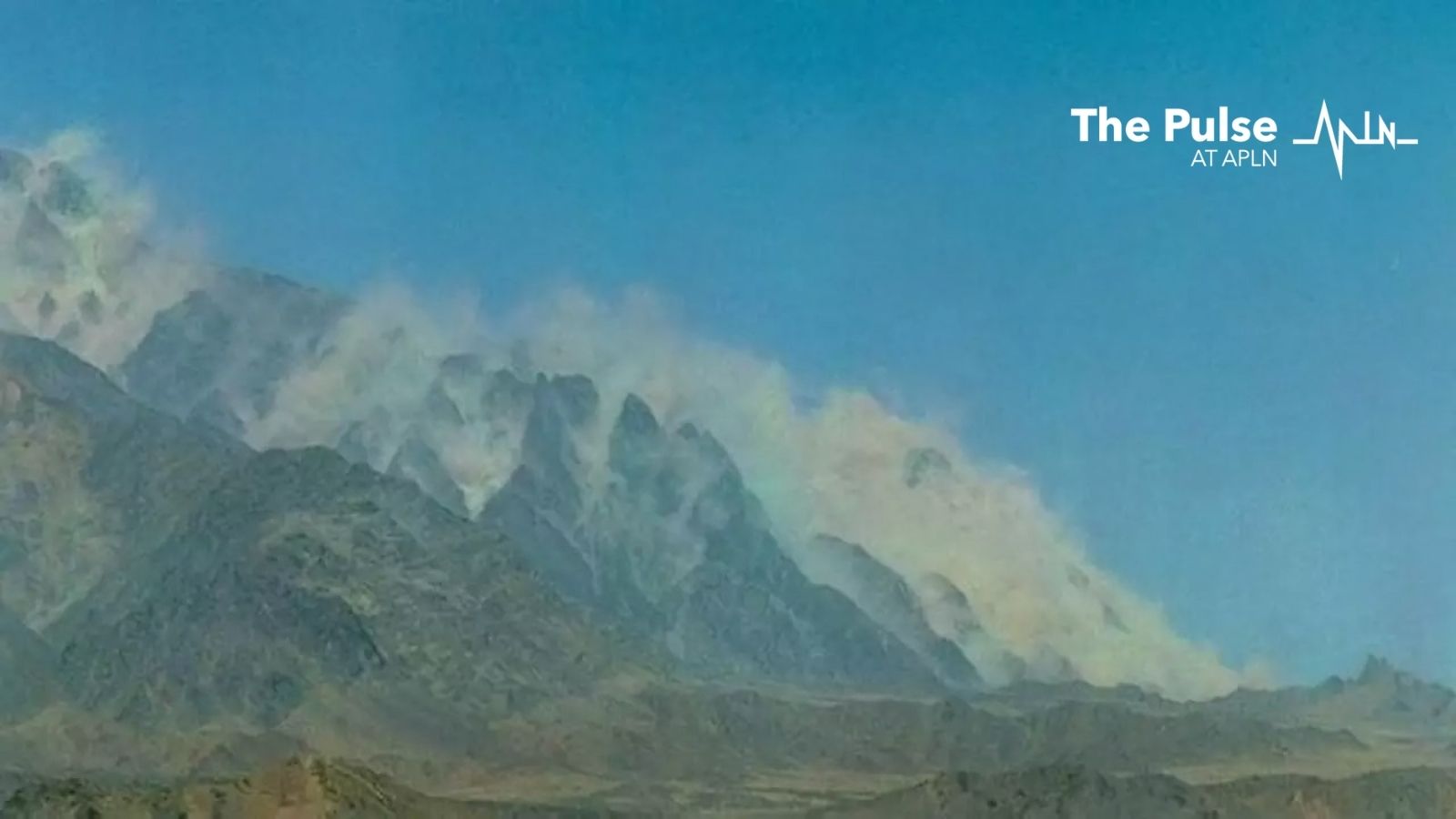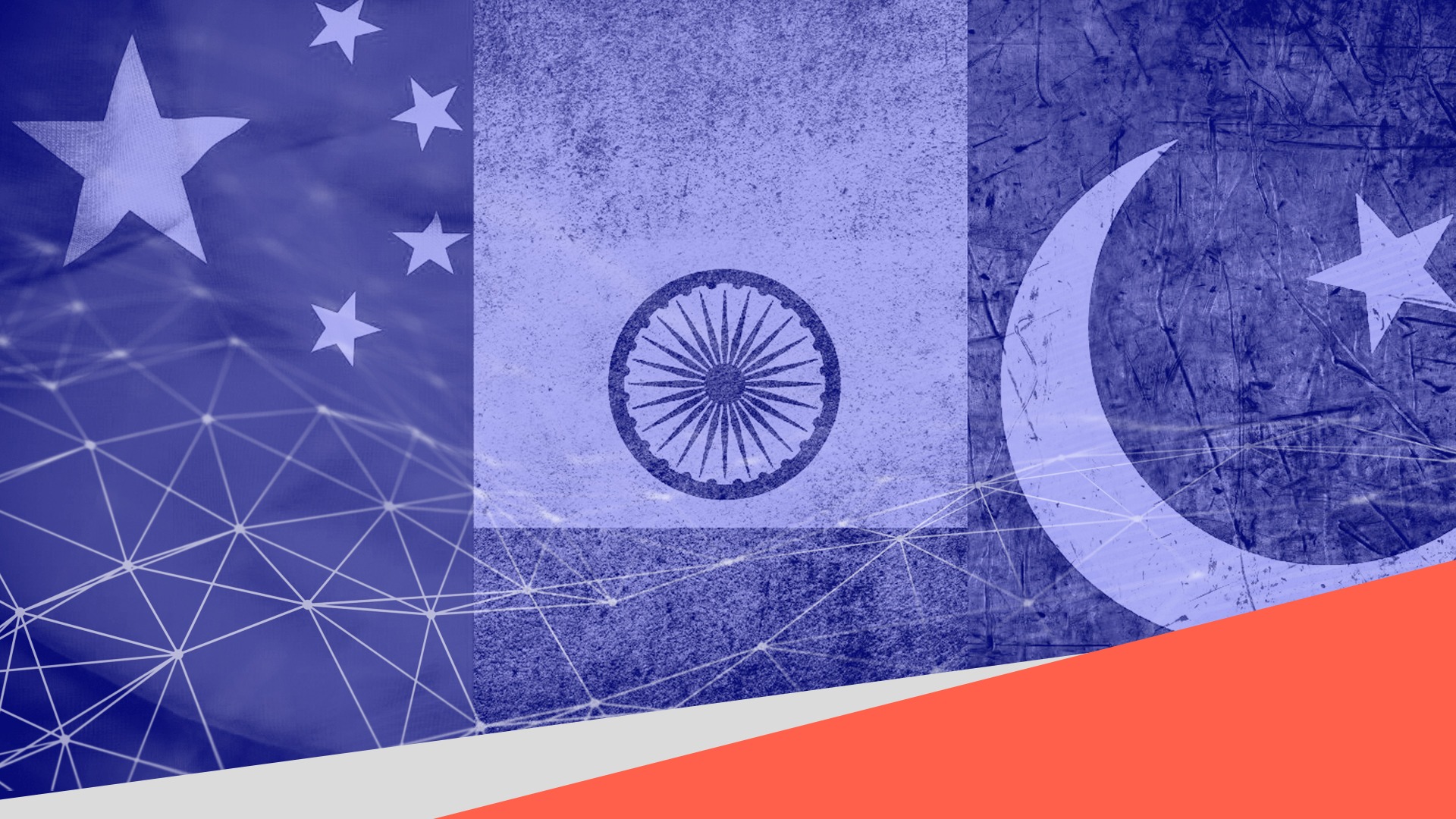25 Years Since South Asia's Nuclear Tests
India and Pakistan conducted their nuclear tests in May 1998. Over the last 25 years, both countries have articulated their deterrence doctrines and built relevant capabilities. The two nuclear armed neighbours have been since involved in multiple bilateral crises, the drivers for which have not yet been resolved. They have, however, also considered restraints on the use of force during crises and demonstrated positive nuclear learning. As India and Pakistan complete a quarter century as nuclear weapons powers, we asked four scholars from the two countries, “Where do you see the India-Pakistan nuclear dynamics heading in the next 25 years?”
Debak Das
Assistant Professor in Peace and Security at the Josef Korbel School of International Studies, University of Denver.
The India-Pakistan nuclear dynamic has been stable in the first 25 years of overt nuclearization. The next two and a half decades will see this stability continue. But the nature of the nuclear relationship will, however, not be the same. Technological advances coupled with the decommissioning of the first generation of nuclear weapons and delivery systems mean that India and Pakistan will have to modernize their arsenals considerably. On the Indian side, second-strike capabilities will increase considerably with a larger number of submarines (SSBNs) carrying nuclear weapons dispersed. On the Pakistani side, it is also likely that the sea-based nuclear weapons systems will be diversified beyond the current Babur-3 SLCMs.
With the diversification of nuclear forces, the risk of inadvertent escalation too will proliferate. One major issue that both sides will have to deal with in the next decades is how to safeguard their nuclear forces from cyber vulnerabilities. In an era of deepfakes – and sophisticated cyber-crime – can the pre-delegation of nuclear launch authority to battlefield commanders with tactical nuclear weapons (for Pakistan) or to submarine-based commanders be a sustainable way to continue to deploy nuclear forces?
India and Pakistan’s nuclear relationship will also be affected by China. Sooner or later India is likely to respond to Chinese nuclear modernization and vertical proliferation. When that happens, it might lead to a similar reaction from Pakistan towards India. The risk of a trilateral nuclear arms race in the region will be higher in the next 25 years than ever before.
Ali Mustafa
Senior Researcher at Infer Digital
Considering the past and current environment, one can safely predict that both India and Pakistan will increase their nuclear proliferation efforts, both qualitatively and quantitatively. This includes enhancing the accuracy, range, and types of delivery systems, as well as accumulating more fissile materials. Additionally, the emergence of disruptive technologies like UAVs, Advanced Aerial Defense systems, offensive cyber capabilities, and A. I will further contribute to the escalation.
The absence of goodwill, domestic political considerations, the impact of climate change in the region, and shifting geopolitics will intensify crisis instability, leading to increased saber-rattling. As a result, another round of nuclear testing, potentially including thermonuclear tests, cannot be ruled out. These heightened tension scenarios may also involve third-party interventions in future crises. However, a rising India could potentially withstand international pressures and become even more emboldened.
With responsible political stewardship and nuclear learning, there might be a possibility of limited arms control measures, confidence-building measures (CBMs), and nuclear risk reduction efforts between the two nations. Failing that, the chances of unintended consequences arising from military crises, nuclear escalations, and accidents will remain high, thus requiring serious inquiry and determined efforts.
Ruhee Neog
Director of the Institute of Peace and Conflict Studies (IPCS), New Delhi
Assuming that nuclear weapons are going to be around for the foreseeable future, I hope to see more focus on managing India and Pakistan’s growing risk environment, particularly those risks that could increase the probability of nuclear use. For this, I would expect examinations of bilateral (and trilateral, to include China) nuclear dynamics to be contextualised in at least three broader trends. The first is geopolitical. We acknowledge, narrowly, that US nuclear developments have an impact on the Chinese capability build-up; China’s on Indian strategic thinking; and thereon on Pakistan’s nuclear trajectory. What our research lacks is an equal recognition of the role of geopolitics—such as US-China relations and its impact on regional security, or the Russia-Ukraine war—in shaping the nuclear strategies of states like India and Pakistan. The second is demystifying the emerging military applications of technologies and their ramifications for nuclear deterrence, as both India and Pakistan are engaged in multi-faceted technological development. The third broad trend is nuclear nationalism. Keeping an eye on how identity politics interfaces with the two other trends (geopolitics and emerging technologies) will be key to deciphering nuclear risk and assessing the demands of risk absorption in Southern Asia.
Sitara Noor
Research Fellow, Project on Managing the Atom at the Belfer Centre for Science and International Affairs, Harvard University.
Since the overt nuclearization in 1998, both India and Pakistan have come a long way in their nuclear learning process. Although heavily influenced by the Cold War experiences of the United States and the former Soviet Union, the nuclear learning process of New Delhi and Islamabad was not linear and carried both positive and negative aspects. Over the past 25 years, both nuclear rivals have gradually increased the number of nuclear weapons, diversified their delivery means, established command and control systems, and consolidated their nuclear policies to a greater extent. Nonetheless, they have largely gone against the contention of nuclear revolution theory that mutual vulnerability created by nuclear weapons will significantly alter the state behaviour leading to more cooperation among states to stabilize deterrence. Unlike the Cold War model, India and Pakistan have failed to achieve strategic stability or establish some bilateral risk reduction measures. On the contrary, the recent Pulwama/Balakot crisis indicated a higher threshold for risk acceptance by both states.
Going forward, this behaviour indicates a precarious future where any miscalculation may lead to a serious crisis. In the next 25 years, South Asia is likely to witness a competitive nuclear approach that is already manifesting in the form of attempts to acquire nuclear superiority through the development of missile defence system, adoption of counterforce doctrines, the revival of limited nuclear war pursuits as well as the willingness to fight a conventional war under the nuclear overhang.
In the absence of meaningful political dialogue to resolve bilateral issues including Kashmir and alleged terrorism against one another and lack of effective communication channels to reduce the chance of inadvertent war, the risk of any future crisis escalating to the nuclear level remains high.
Photo: Chagai Hills, where Pakistan carried out its nuclear tests on May 28, 1998/ Wikipedia Images.



![[Special Report] Managing the China, India, and Pakistan Nuclear Trilemma](https://cms.apln.network/wp-content/uploads/2022/07/Managing-the-China-India-and-Pakistan-Nuclear-Trilemma-3.png)